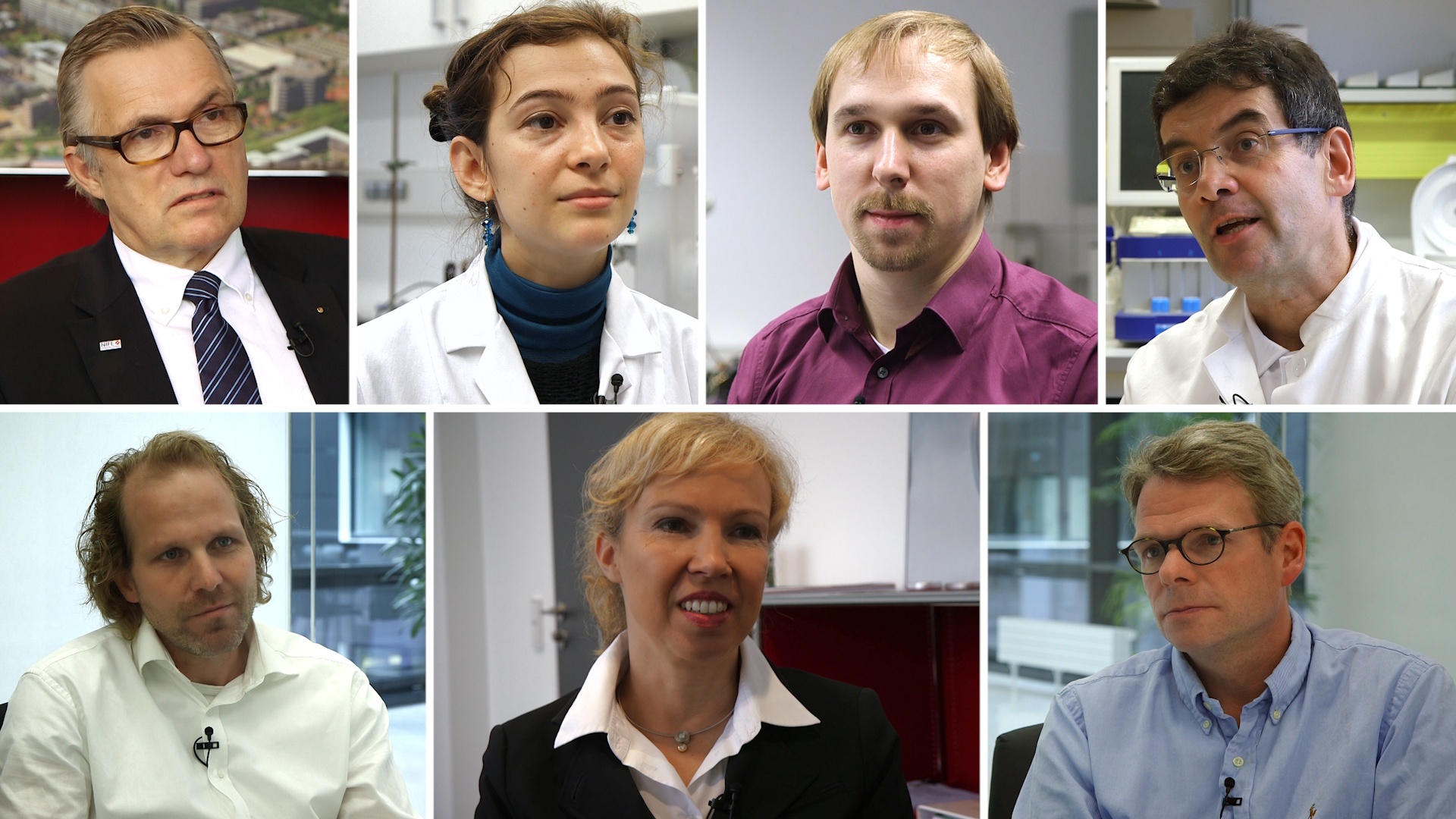Transcription
We conduct research on new biomedical developments.
And try to take these developments to the threshold of clinical application.
Getting it to the patient!
Hanover provides for optimal implementation.
All at a single location.
All project partners are located in Hanover.
We learn a lot from one other.
This multidisciplinary environment is extremely attractive.
We have a high level of know-how here.
It’s easy to meet up.
You just hop on a tram to visit you project partner.
That’s how new ideas are born.
A highly fulfilling task.
Research that benefits our patients.
Hanover has a long history of medical engineering: Be it at the Medical School, Leibniz University, University of Veterinary Medicine, or the Laser Centre. Substantial research in medical engineering is conducted in various areas.
One of the greatest challenges in modern medicine are implant-related infections that occur between the implant and tissue. Bacteria settle on the implant’s surface, causing infection and necrosis.
We develop biological implants to reduce the risk of infections, e.g. by means of vascular grafts that integrate much better.
This work requires a broad range of disciplines. No scientist can create a new artificial implant all by himself.
The strong inter and transdisciplinary cooperation in Hanover is unique. It is great fun and a faster way to success.
By using biological materials, we try to improve existing plastic cardiovascular implants. To test them, we join forces with other scientists from Hanover.
Prof. Wilhelmi contacted us because of our extensive experience in animal blood testing. The objective was to create an ex vivo model to examine thrombus formation in vascular grafts.
As electrical engineers we collect the medical, biological, and chemical data from the bioreactor system which provides the environment for a growing blood vessel.
We develop materials! We create human proteins that serve as carriers for implant cells.
We contribute mainly optical technologies that show material, sample, or result characteristics at high resolution. You could call it “biomaterials testing“: Laser-based imaging at cellular and subcellular levels. It enhances our understanding of processes and our ability to influence them.
NIFE’s aim is to expand the current cooperation of the “Biofabrication for NIFE“ project: To be located not only in the same city but even the same building.
We want to bring the University of Veterinary Medicine, Leibniz University, the Laser Centre, and the Medical School under one roof.
This will further promote interdisciplinary cooperation.
You get the chance to work with a broad range of disciplines.
This leads to some amazing ideas.
You have to grasp other disciplines, which can be quite exciting.
Interdisciplinary cooperation is crucial if you want to compete at an international level.
Professionals from medicine, science, and engineering work together at a very high level…
It’s been a great learning experience and very inspiring.
… and with great enthusiasm.
Prof. Mathias Wilhelmi
Dr. Reinhard Mischke
Dr. Iliyana Pepelanova
Christian Leibold
Prof. Alexander Heisterkamp
Prof. Meike Stiesch
Dr. Manfred Elff

